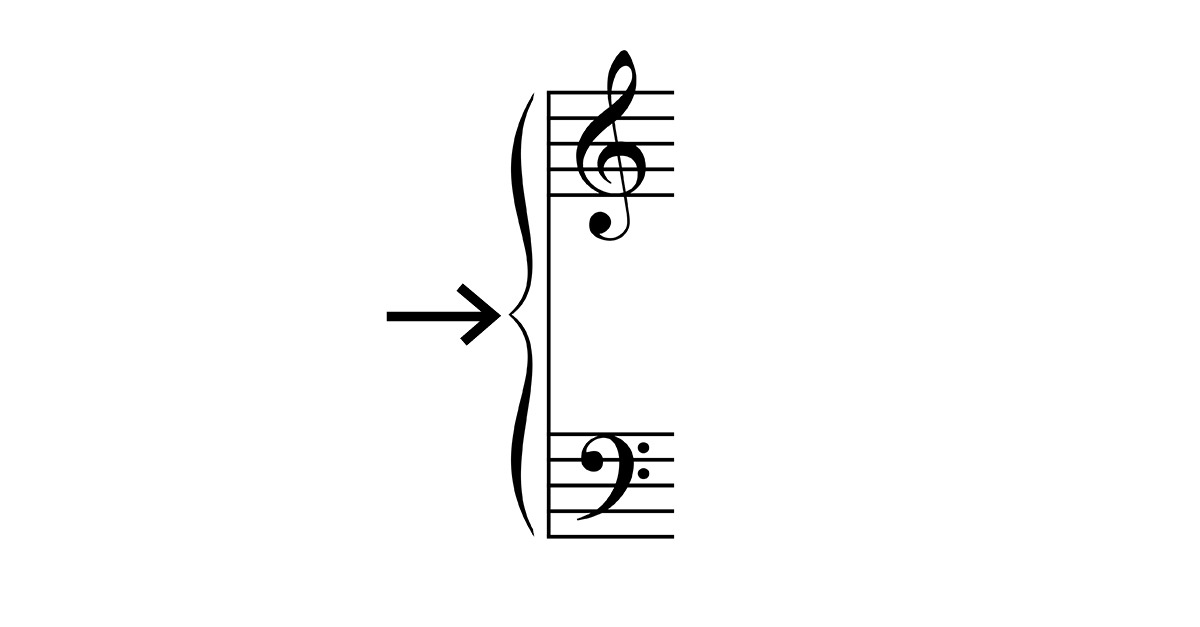

(Because ABC notation does not support scale degrees, I have placed a ^ in front of each scale degree. When determining your pitch collections, pay particular attention to the differences of the sixth and seventh scale degrees. Additionally,scale degrees are named above the pitches for the examples in major and melodic minor. In all examples, scale degrees are numbered below each pitch as well as solfege using movable “do”. The following examples demonstrate how the tune of Happy Birthday would be written if only using the notes from a particular scale. How are dominant and subdominant scale degrees related?)
#Music theory caret symbol series#
A scale is a collection of pitches with a defined intervallic pattern when organized in a ascending or descending form–in short, a series of intervals–and can encompass any tuning system or style of composition. Whenever you group any number of pitches from top to bottom, you create a scale. Whereas intervals are the basic building blocks of all music, scales represent the next step up the complexity ladder. The common practice period is generally considered to include Western art music from the Renaissance through the Romantic eras, but any music that that grew out of this tradition–including almost all popular music today–can be analyzed using the tools we will study for common practice harmony.

In this course, we will be studying many styles of music, but all of these will have roots in the harmonic and melodic practices of the common practice period. Lesson 2b - Scales and Scale Degrees - Diatonic, Pentatonic, and Chromatic


 0 kommentar(er)
0 kommentar(er)
